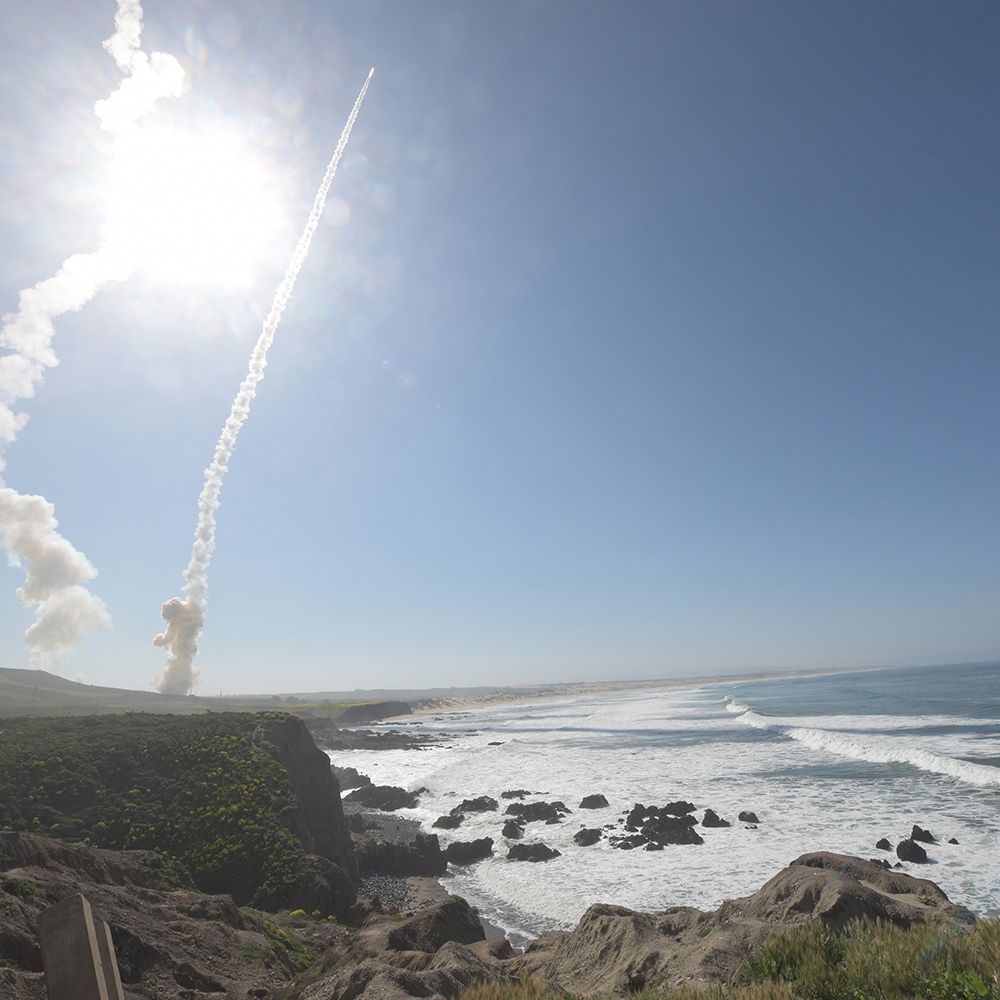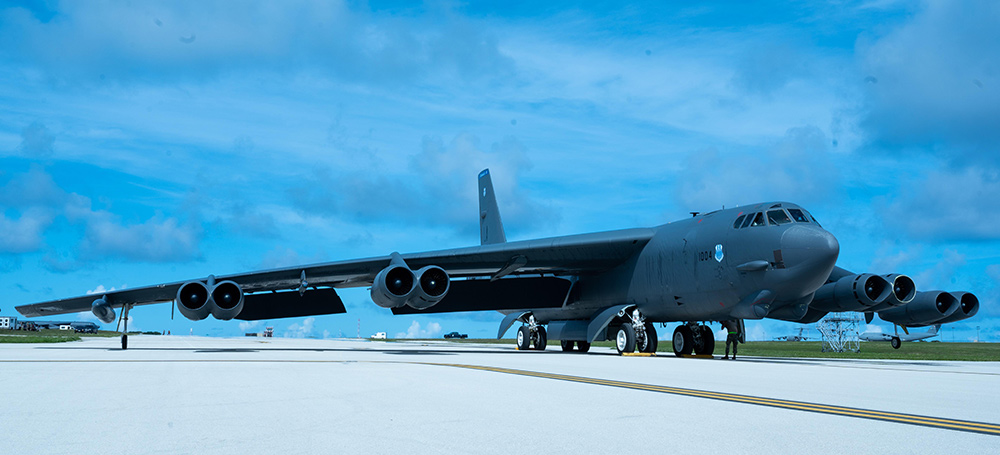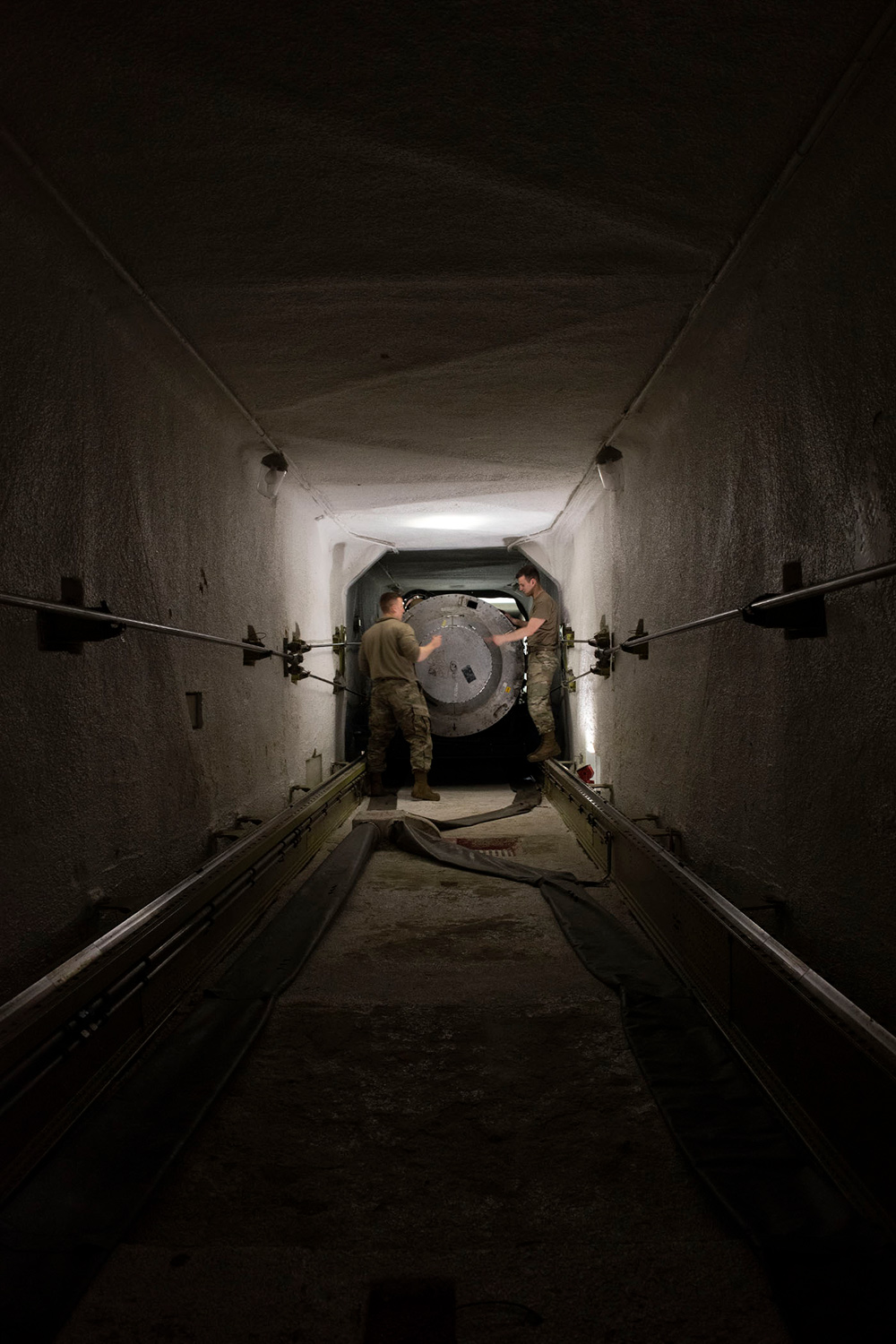China is rapidly becoming more capable and assertive and concerns regarding its nuclear modernization and expansion are increasing. Russia’s comprehensive modernization of its nuclear capabilities, over 80% complete, includes the addition of new dual-capable systems that threaten the United States and its allies and partners, the acting assistant secretary of defense for strategy, plans and capabilities said.
Melissa Dalton spoke yesterday at a House Armed Services Committee’s Strategic Forces Subcommittee hearing on “FY22 Budget Request for Nuclear Forces and Atomic Energy Defense Activities.”
“We are confronted with multifaceted deterrence challenges across domains from both competitors, which add increased escalation risks, all making deterrence more challenging. Strategic risks, emanating from both North Korea and Iran, add significant complications to the strategic threat picture,” she said.
For these reasons, nuclear deterrence remains the department’s highest priority mission, Dalton noted, adding that more is needed to confront these growing, multifaceted threats.
The National Defense Strategy review will focus on integrated deterrence, she said, meaning an effort to address threats and opportunities across conventional, cyber, space, hybrid, information and nuclear domains, she said.

Two long-range ground-based interceptor missiles are launched from Vandenberg Air Force Base, Calif., March 25, 2019, in the first-ever salvo engagement test of a threat-representative intercontinental ballistic missile target. © Lisa Simunaci, DOD
“Nuclear forces remain essential to ensure no adversary believes it can ever employ nuclear weapons, for any reason, under any circumstances, against the United States or our allies and partners, without risking devastating consequences,” Dalton said.
“That is why the nuclear triad remains the bedrock of our strategic deterrence, but we must modernize our aging capabilities to ensure a credible deterrent for the future,” Dalton added.
The fiscal year 2022 Defense Department’s budget request for nuclear forces is $27.7 billion. It includes $15.6 billion to sustain and operate current nuclear forces and $12.1 billion for recapitalization programs.

A B-52H Stratofortress bomber from Barksdale Air Force Base, La., sits on the runway at Andersen Air Force Base, Guam, in support of a U.S. Strategic Command bomber task force, April 17, 2021. © Air Force Senior Airman Jovante Johnson
It supports efforts to modernize the nuclear triad and ensures that modern replacements will be available before aging systems reach the end of their extended service lives, she said.
“This modernization effort is at a critical juncture,” Dalton said, adding that “nuclear weapons have been extended far beyond original service lives and the tipping point where we must simultaneously overhaul these forces is now here. Updating and overhauling our nation’s nuclear forces is a critical national security priority.”
The department will always seek to balance the best capabilities and the most cost-effective solution, as well as to ensure the U.S. has the right capabilities to meet current and future threats, she noted.

Air Force Staff Sgt. Dustin Primo, right, 341st Missile Maintenance Squadron missile handling team chief and Air Force Senior Airman Dylan Funkhouser, missile handling technician, securely place a cover on the front of the stage-one booster of the Minuteman III intercontinental ballistic missile April 20, 2021, at the missile handling facility on Malmstrom Air Force Base, Mont. © Air Force Airman Elijah Van Zandt
Dalton mentioned that to ensure that the right balance of capabilities is struck, there is a pending review of nuclear policy and posture, which will be nested within the National Defense Strategy currently in development, under the direction of the Interim National Security Strategic Guidance.
The review will focus on the vital interests of the United States, along with its allies and partners, and will be informed by the current and projected global security environment, threats posed by potential adversaries and the capabilities of the United States, allies and partners to address those threats, Dalton said.
“Consultation with allies will be a core component of this review, and we have begun engaging with allies to ensure that their views are heard and understood before reaching any conclusions,” she said.





